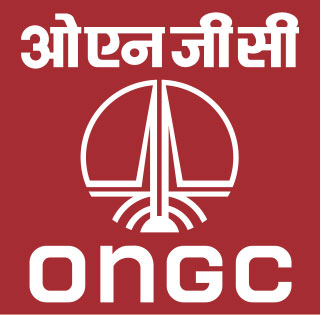Author: Piyush Gupta, S.S. Rathore and A.N. Sarkar
Abstract - Dating of stratigraphic sequences encountered in sedimentary basins is of paramount importance in the context of petroleum exploration, as it provides basic parameters for integrated basin analysis and also establishes a quantitative link between the relative ages provided by fossil successions and the geological time scale. Improvements in analytical techniques during the past few decades have led to the development of geological subdisciplines, some of which, in turn, have potential in providing alternative means for dating and correlating sedimentary sequences. These techniques may prove particularly useful in the dating and correlation of those strata devoid of chronostratigraphically useful fossil remains. Authigenic clay minerals such as illites and glauconites formed within the sedimentary sequences are known to contain abundant K and Rb, and provide excellent avenues for application of the geochronological techniques like Rb-Sr, K-Ar and 40Ar/39Ar dating, especially for inferring the time of deposition/ subsequent diagenetic events. The purpose of this paper is to bring together these diverse dating techniques, viz., Rb-Sr, K-Ar and 40Ar/39Ar, and to explore their potential to solve problems in stratigraphy. It is also the intention to introduce these techniques, each of which is familiar to specialist researchers, to a wider audience of petroleum geologists who may find them useful in the resolution of specific correlation problems. Therefore, we attempt to examine and review the Rb-Sr, K-Ar and 40Ar/39Ar methods for authigenic clay minerals illite and glauconite, with the aid of case histories of past work done from Indian sedimentary basins, i.e., Vindhyan, Jaisalmer, Kutch and Ganga basins, and Himalayan Foothills, by the Geochronology Laboratory, KDMIPE, ONGC, and evaluate their usability and limitations in determining the age of deposition and/or early diagenetic events.

